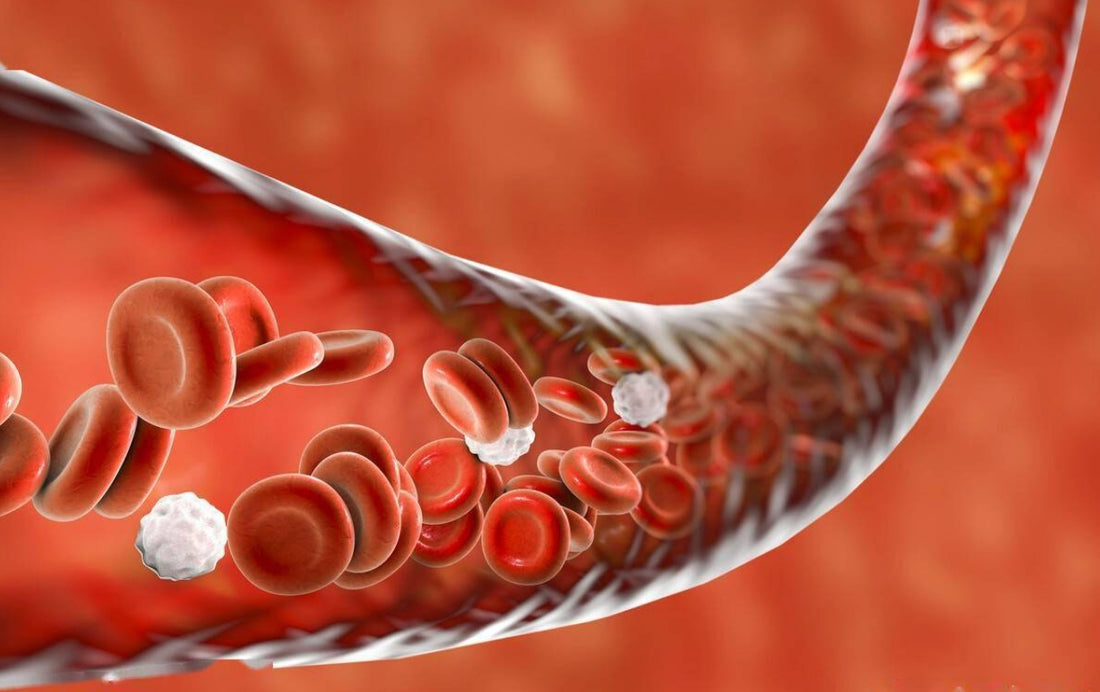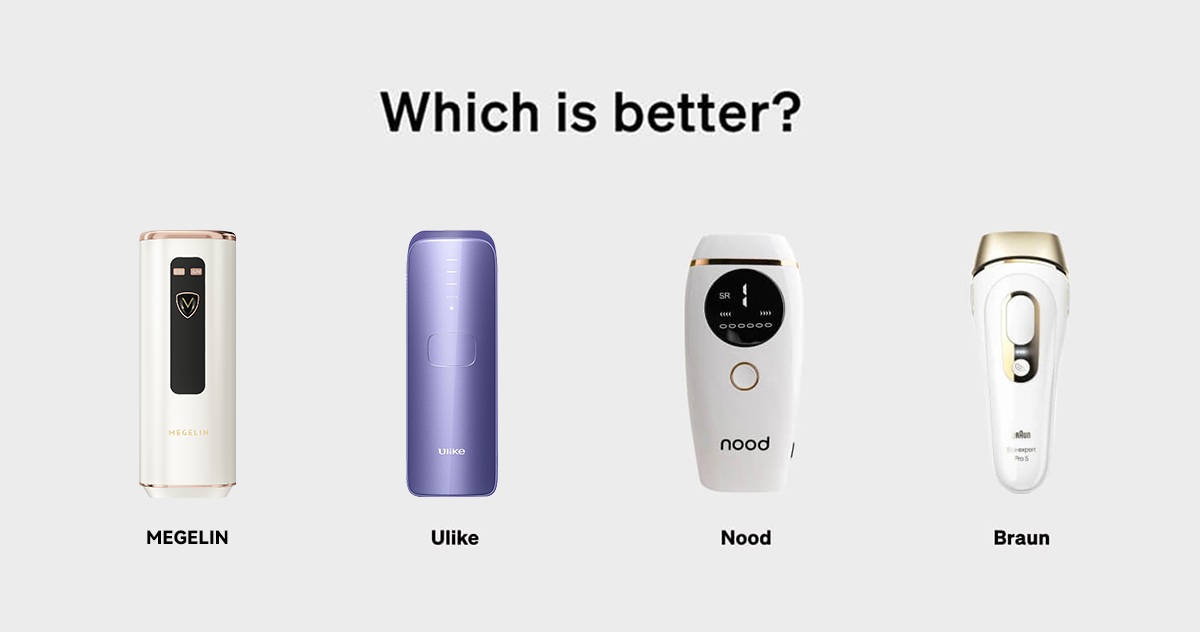
Red Light Therapy for Lupus: Patient Experiences and Outcomes
2MegelinLupus, a complex autoimmune disorder, presents significant challenges for those affected. As patients grapple with a range of symptoms, from joint pain to skin rashes, the search for effective treatments continues. In recent years, red light therapy for lupus has emerged as a potential alternative approach, drawing attention for its possible anti-inflammatory effects and ability to promote cellular health.
This article delves into the experiences of lupus patients who have tried red light therapy, exploring its potential benefits and limitations. It examines how this LED light therapy might influence lupus symptoms, its safety profile, and its impact on overall well-being. By looking at real-world outcomes, we aim to shed light on whether red light therapy could be a promising addition to lupus management strategies, alongside traditional treatments.
Understanding Lupus and Its Challenges
What is Lupus?
Lupus is a chronic autoimmune disease that occurs when the body's immune system attacks its own tissues and organs [1]. This condition can affect various body systems, including joints, skin, kidneys, blood cells, brain, heart, and lungs [1]. Lupus is challenging to diagnose because its symptoms often mimic those of other diseases, leading to delays in formal diagnosis [2].
Common Symptoms
The symptoms of lupus can vary widely from person to person and may change over time [3]. Some of the most common symptoms include:
- Fatigue
- Fever
- Joint pain, stiffness, and swelling
- Butterfly-shaped rash on the face
- Skin lesions that worsen with sun exposure
- Raynaud's phenomenon (fingers and toes turning white or blue)
- Shortness of breath
- Chest pain
- Dry eyes
- Headaches, confusion, and memory loss [1]
Traditional Treatments
Treatment for lupus aims to manage symptoms, reduce inflammation, and prevent organ damage [4]. Common approaches include:
- Nonsteroidal anti-inflammatory drugs (NSAIDs) for pain and inflammation
- Antimalarial drugs like hydroxychloroquine for skin rashes and joint pain
- Corticosteroids to suppress the immune system and reduce inflammation
- Immunosuppressants for more severe cases
- Biologics, such as belimumab, for targeted immune system modulation [5] [4]
Red Light Therapy: A Potential Alternative
Red light therapy has emerged as a promising alternative treatment for lupus patients. This therapy uses visible light, concentrated red, and near-infrared rays with wavelengths between 660-850 nm [6]. It accounts for 42% of natural sunlight and works by stimulating the mitochondria, the powerhouses of cells [6].
How Red Light Therapy Works
When red light irradiates the body, it boosts cell synthesis, increases cell metabolism, and enhances the production of adenosine triphosphate (ATP) [6]. This process helps the body fuel itself, regenerate, and heal faster. The therapy works by exposing the body's tissues to specific wavelengths of red light, which are absorbed by the mitochondria [7]. This absorption leads to increased energy production and ATP levels, making various bodily processes more efficient [7].
Benefits for Lupus Patients
Red light therapy offers several potential benefits for lupus patients:
- Reduced inflammation: The therapy's anti-inflammatory properties can help minimize systemic pain and aid in disease recovery [6].
- Improved skin health: It can help combat skin damage common in lupus, such as papules, acne, and discoid butterfly rashes [6].
- Enhanced immune function: Red light irradiation can increase the activity of immune cells and reduce SLE-associated inflammatory markers [6].
- Pain relief: Studies have shown that red light therapy can increase the range of motion in joints affected by rheumatoid arthritis and significantly lower pain [6].
- Cellular repair: The therapy boosts cellular energy, which can enhance the body's healing processes [7].
Scientific Evidence
While more research is needed, several studies have shown promising results:
- A study on a patient with resistant discoid lupus erythematosus (DLE) demonstrated that red and near-infrared light irradiation reduced inflammatory lesions, itching, and erythema [6].
- Research using the EAE model, an animal model for multiple sclerosis, showed that treatment with 670nm light ameliorated the course of the disease compared to sham-treated animals [8].
- Studies have indicated that red light therapy can increase the range of motion in joints affected by rheumatoid arthritis and lower pain significantly [6].
As research progresses, the clinical effect of red light therapy for systemic lupus erythematosus is becoming more apparent. Its potential role in treating lupus and other autoimmune diseases warrants further clinical investigation [6].
Patient Experiences with Red Light Therapy
Success Stories
Many lupus patients who have tried red light therapy report positive experiences. Some individuals have noticed improvements in their symptoms, including reduced joint pain, better mood, and increased stamina [9]. In one study, five people with dementia who received regular light therapy on their heads and through their noses for 12 weeks experienced better memories, improved sleep, and decreased anger [10].
Challenges and Limitations
Despite the potential benefits, red light therapy is not without challenges. Some lupus patients are particularly sensitive due to their condition and may not be suitable candidates for this treatment [9]. Additionally, most people with lupus have photosensitivity, making them sensitive to ultraviolet (UV) rays from sunlight and some types of indoor lighting [11]. This sensitivity can lead to new skin rashes, sores, or exacerbate existing skin problems [11].
Tips for Trying Red Light Therapy
For lupus patients considering red light therapy, it's crucial to:
- Consult with experts specializing in autoimmune diseases before starting treatment [9].
- Discuss the potential risks and benefits with a healthcare provider, as some rheumatologists advise against it due to the risk of triggering flares [1].
- Be aware that more research is needed to fully evaluate the effects of red light therapy on lupus [1].
- Consider alternative treatments if red light therapy is not recommended, such as using sunscreen daily and wearing protective clothing [11].
Conclusion
Red light therapy shows promise as a potential treatment option for lupus patients. Its influence on reducing inflammation, improving skin health, and boosting cellular energy offers hope to those grappling with this challenging autoimmune disorder. While some patients have seen positive results, it's crucial to remember that everyone's experience with lupus is unique, and what works for one person might not work for another.
As research in this field continues to grow, it's essential to approach red light therapy with caution and under professional guidance. Patients should talk to their healthcare providers to weigh the pros and cons before trying this treatment. In the end, the goal is to find ways to manage lupus symptoms effectively and improve quality of life, whether through traditional methods, alternative therapies like red light therapy, or a mix of both.
FAQs
1. Can people with lupus safely use red light therapy?
Generally, red light therapy does not cause major side effects. However, Dr. Ilyas and Dr. Eells advise that individuals with lupus, which can cause photosensitivity, or those taking photosensitizing medications should avoid using red light therapy.
2. What are the established benefits of red light therapy?
Studies indicate that red light therapy can enhance skin texture by stimulating collagen production, which improves skin elasticity. It has also been shown to reduce signs of sun damage and is effective in treating acne.
3. Is it safe for lupus patients to use LED lighting?
While UV-blocking shades are recommended to shield from sunlight, using LED bulbs might be beneficial. Some lupus patients have reported experiencing fewer flares with LED lighting. However, current research is not sufficient to conclusively verify these claims.
4. What is the medical community's perspective on red light therapy?
Many experts remain uncertain about the effectiveness of red light therapy for its various advertised uses. Although initial studies show promise for certain conditions, more research is necessary. Red light therapy is considered an emerging treatment that is attracting increasing interest.
References
[1] - https://www.mylupusteam.com/resources/red-light-therapy-for-lupus-is-it-effective
[2] - https://www.pfizer.com/disease-and-conditions/lupus
[3] - https://www.niams.nih.gov/health-topics/lupus
[4] - https://www.webmd.com/lupus/understanding-lupus-treatment
[5] - https://www.mayoclinic.org/diseases-conditions/lupus/diagnosis-treatment/drc-20365790
[6] - https://www.bestqool.com/blogs/news/lupus-red-light-therapy-benefits?srsltid=AfmBOorhRa93KWpxGV7kG-dnU3o8K_oE-LIZfD0V_3-xoa02Ch7m3nml
[7] - https://primehealthdenver.com/red-light-therapy-benefits/
[8] - https://spie.org/news/5900-light-therapy-to-treat-autoimmune-disease
[9] - https://bontanny.com/blogs/news/is-red-light-therapy-safe-for-lupus
[10] - https://www.webmd.com/skin-problems-and-treatments/red-light-therapy
[11] - https://www.lupus.org/resources/tips-for-managing-sensitivity-to-light










